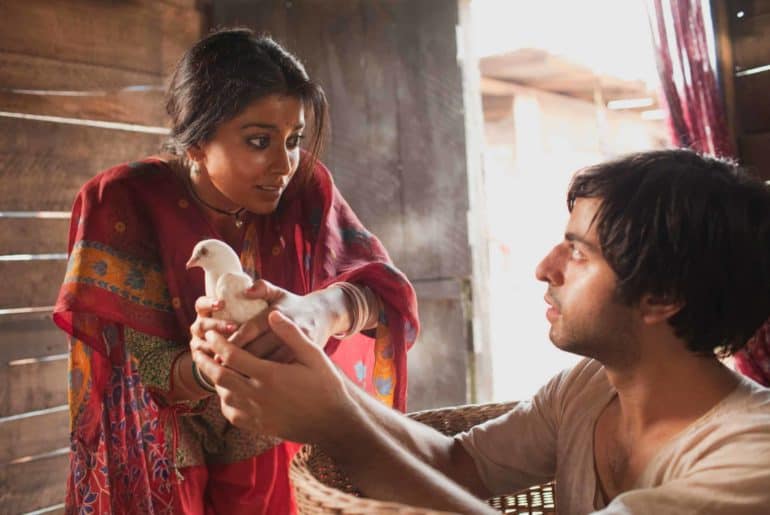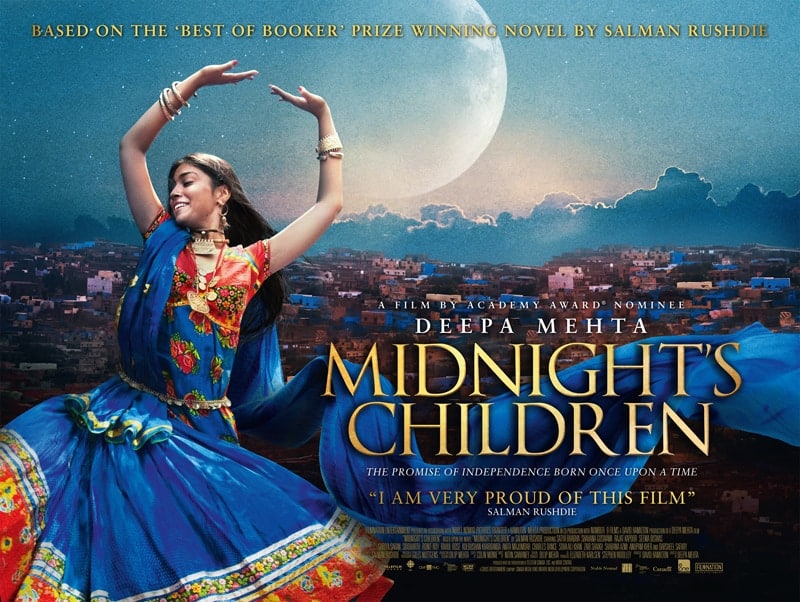
“No, it is not a surprise that a person would want to be a prophet. What’s ridiculous is that other people let him. It’s just too easy to start a religion. All you have to do is: A) Think up some really powerful stupid shit. Some stuff that is so idiotic and weird that a person who believes it will be proving that ultimate virtue of faith; B) Throw in some entitlements like life after death, washing away sins and free dental or whatever; and, C) Wait. Just wait. Just say your bullshit and stick to it. Believe me, if you do that, if you just say it, they will come.” This dialogue, from the 2008 Bill Maher documentary Religulous, ticks all the boxes of being a full blooded blasphemous comment.
In fact, it would be a close contest between this and “Religions are maintained by people. People who can’t get laid. Because sex is the first great earthly pleasure. But if you can’t get that, power is a pretty good second one. And that’s what religion gives to people. Power. Power is sex for people who can’t get or don’t want or aren’t any good at sex itself”, as being labeled the most depraved. When Religulous was released in the US in 2008, it received the usual criticism for being offensive and not sparing any divine entity. What followed was vociferous debate and frenzied arguments over the content of the documentary. Ex-ante, the State was not struck by a cultural paralysis and the imposition of a gag order was not deemed necessary. Moreover, violence was much out of the question. A few stray petitioners seeking a ban on the film were inevitable, however, no political appeasement happened and freedom of expression triumphed.
On the other hand Visions of Ecstasy, a short film featuring sexualized scenes of Saint Teresa with the body of Jesus on the cross, was not let off that easy. It was banned in 1989 in the UK under the offence of blasphemous libel. It was only in 2008 that UK repealed its blasphemy laws and the film released in 2012 with an A certificate. It is highly unlikely that in this period of 23 years divine intervention propagated the film’s cause. Divine beings remained where they were and faith remained where it was. Perhaps these 23 years saw spiritual eroticism as the next big thing in entertainment! Whatever might be the real reason, I am inclined to believe that either an evolution of sentiments occurred or people channeled their frustration towards more tangible things like lambasting existing sexual offenders.
Now bring in the most populous democracy of the world with its idealistic constitution. The burgeoning hub of technology; youth empowerment and feminist movements; an entity upholding secularity, tolerance and freedom to express. What is exceptional about the country however, are the sentiments. India is in essence a cultural and religious laboratory containing vast culture media with sentiments growing like bacteria. The sentiments need feeding and this is where people like MF Hussain, Kamal Haasan, Ashis Nandy and Salman Rushdie come in. Be it a Vishwaroopam, a Satanic Verses or a nude painting, sentiments aren’t particularly choosy during feeding time.
Debate is raging on in newsrooms and there is outrage with political propaganda and votebank politics being blamed. The problem with India is that we are stuck in the witch hunt era. The rest of the world broke free of this conservative strait jacketing at different times in history, ours has just not come yet. A segment of the population has been catapulted into reality ahead of the rest. This forward pull coupled with a concomitant backward tug has left the people in power walking a thinning tight rope. This scuffle has in turn caused a societal malaise further delaying the break through. And so, sensitivity of sentiments is reinforced and insecurity sets in.
What is needed is a massive push promulgated by those people who hurt sentiments. After all, banned works of art incite curiosity and achieve results contrary to those intended. Maybe, this is the new path to cultural revolution.


